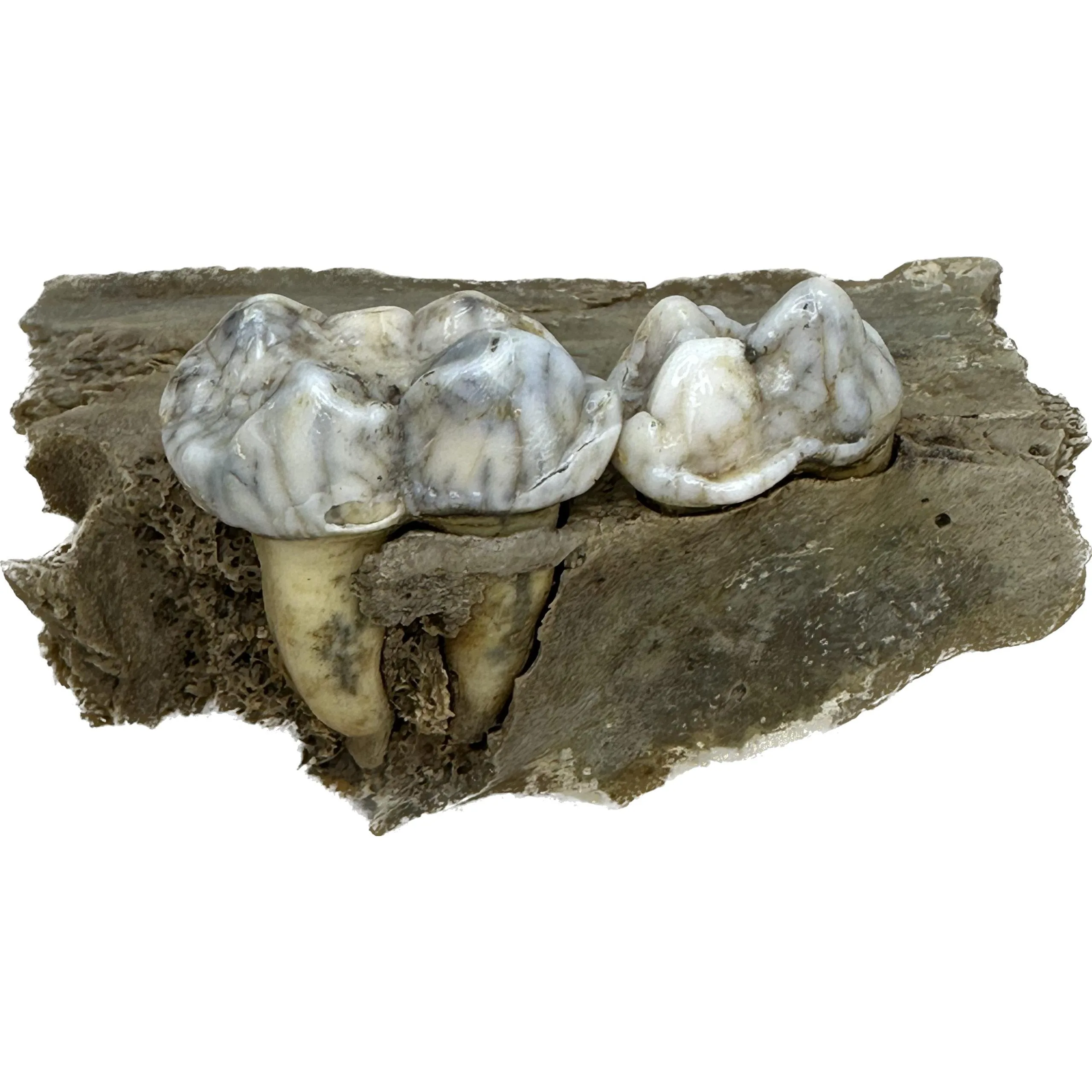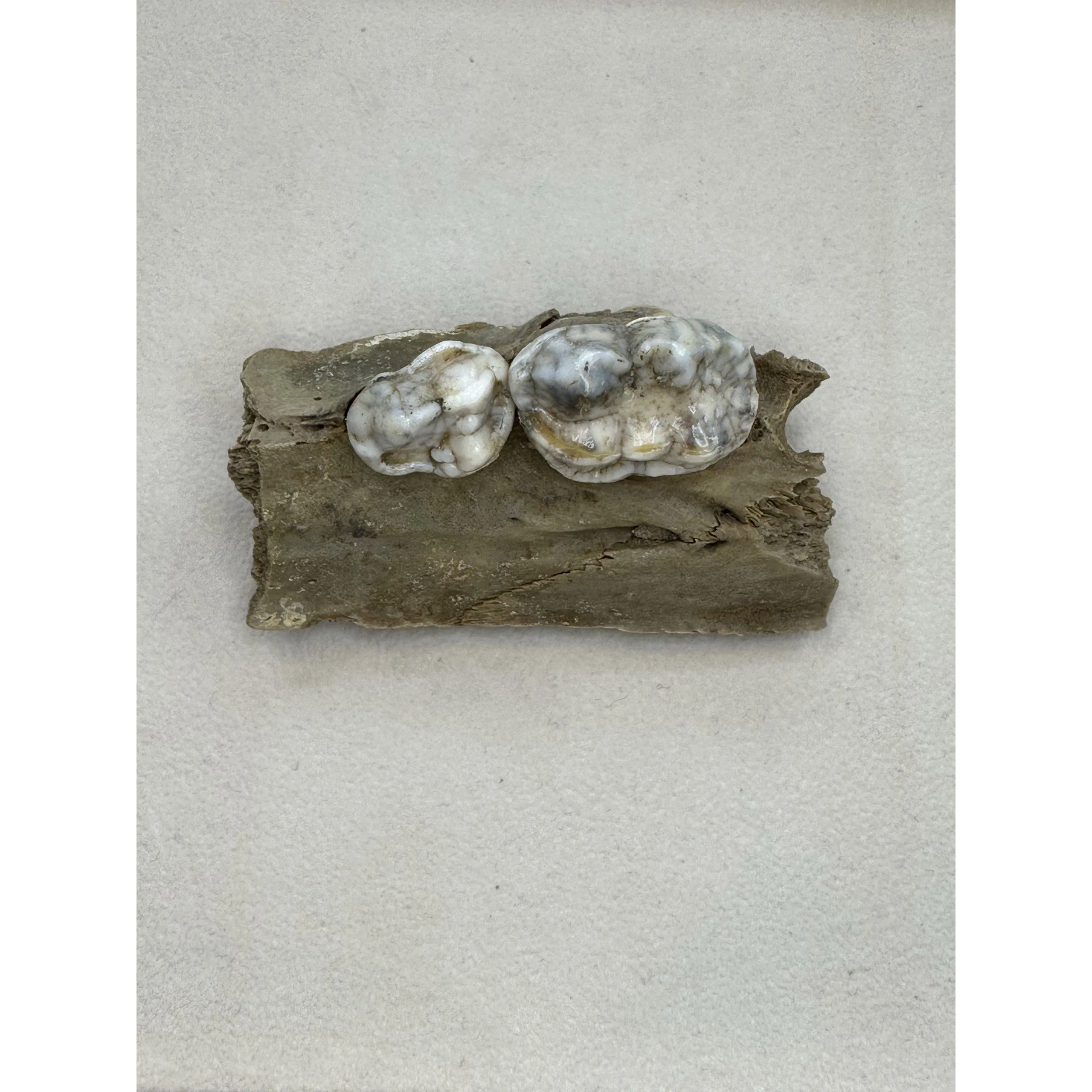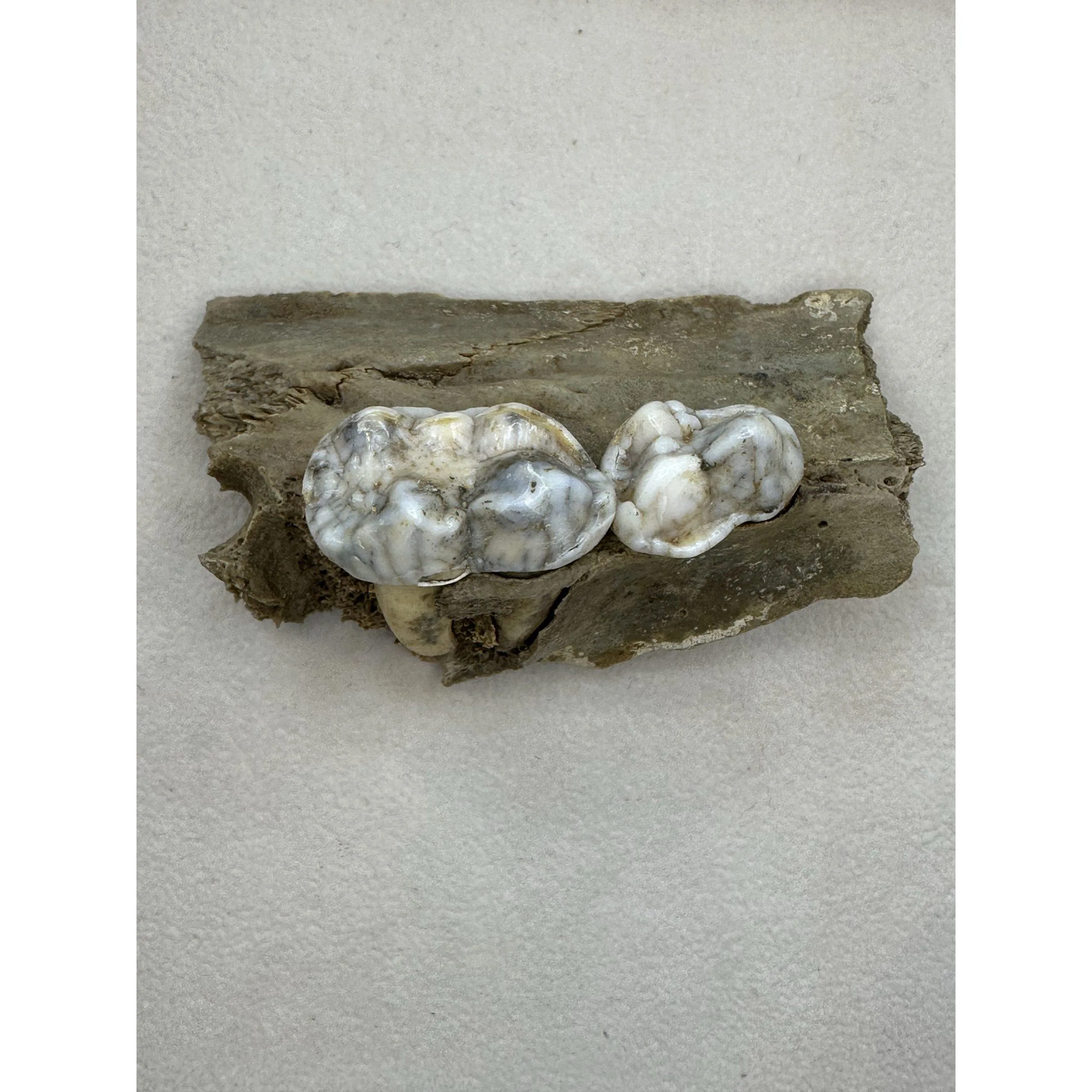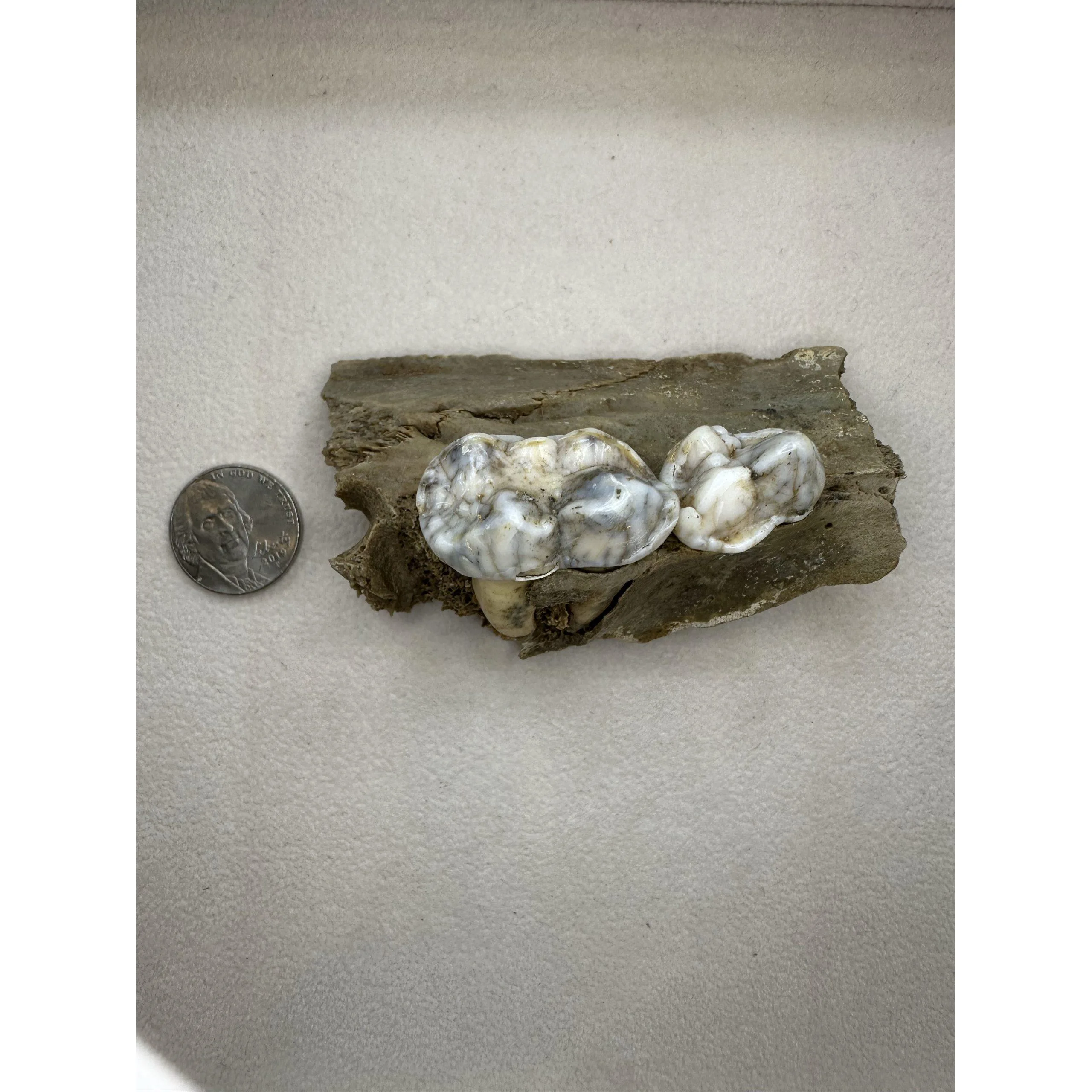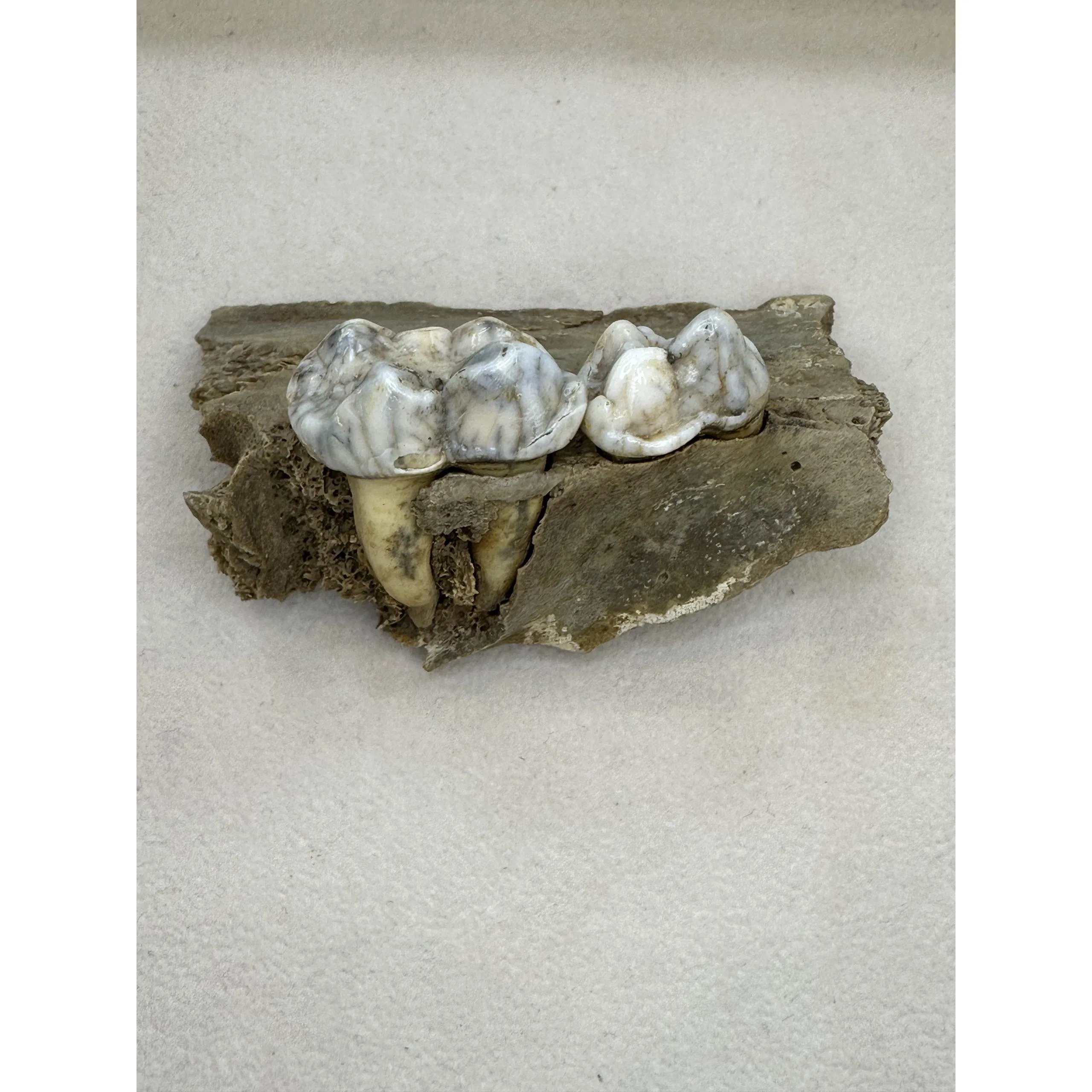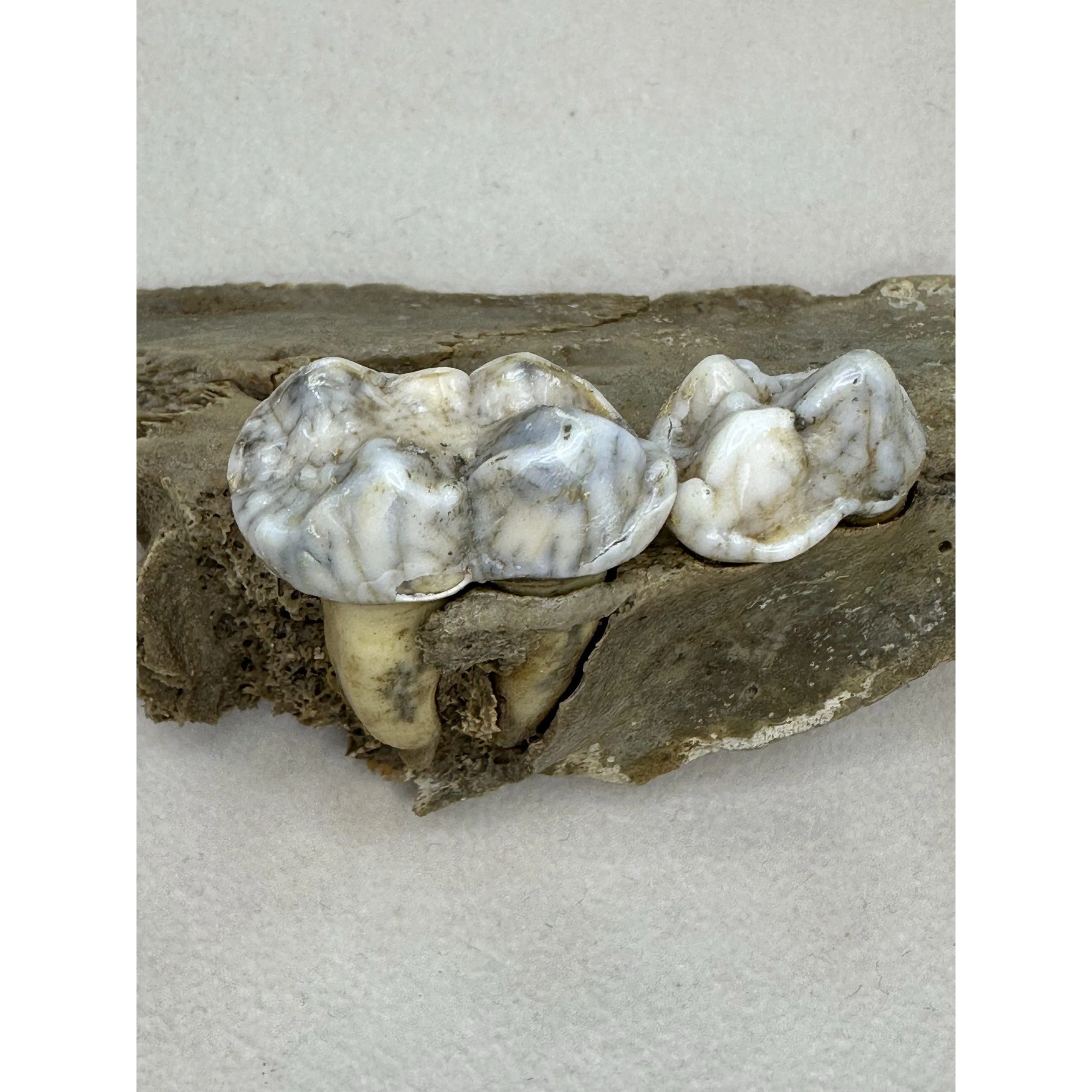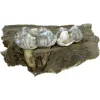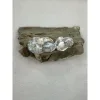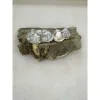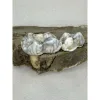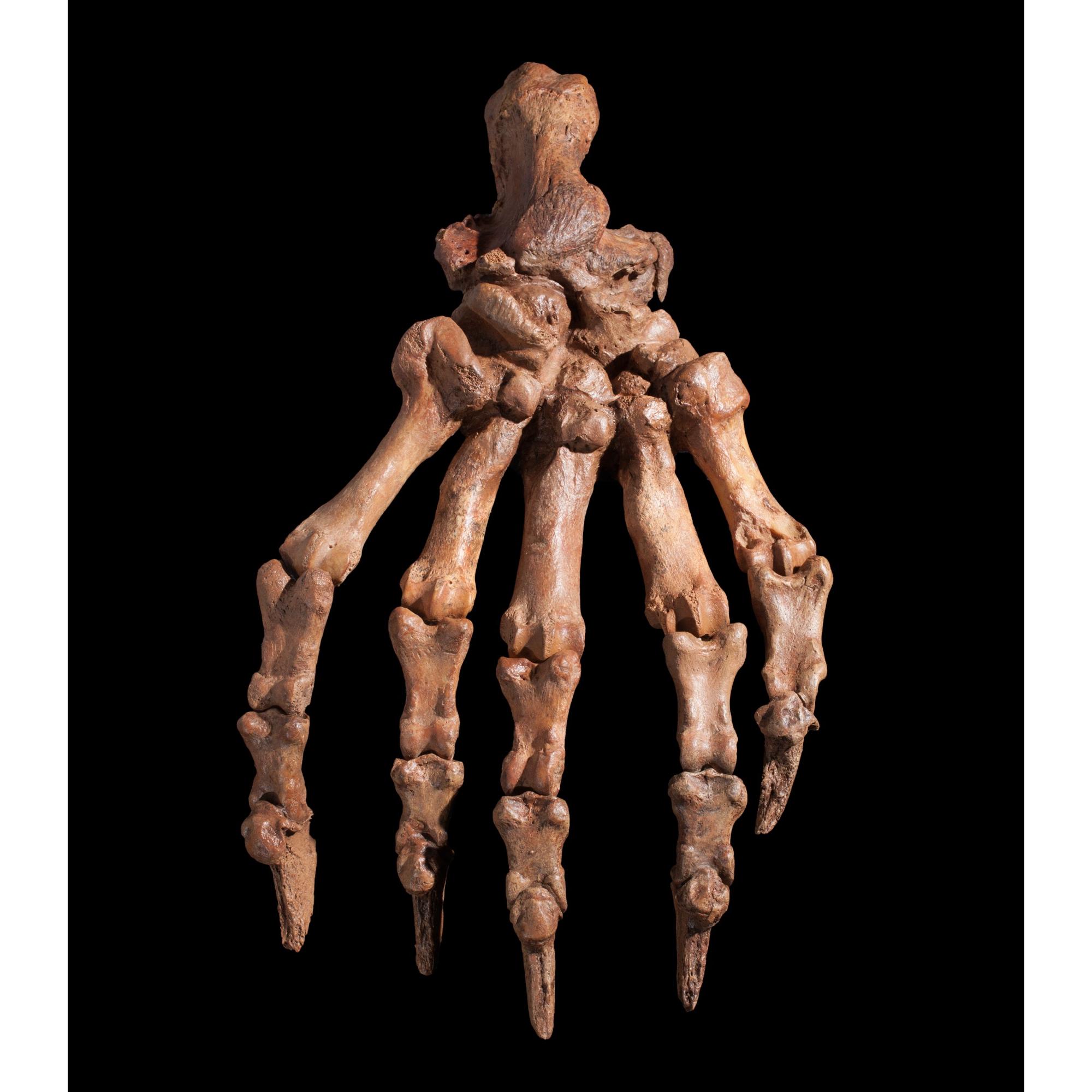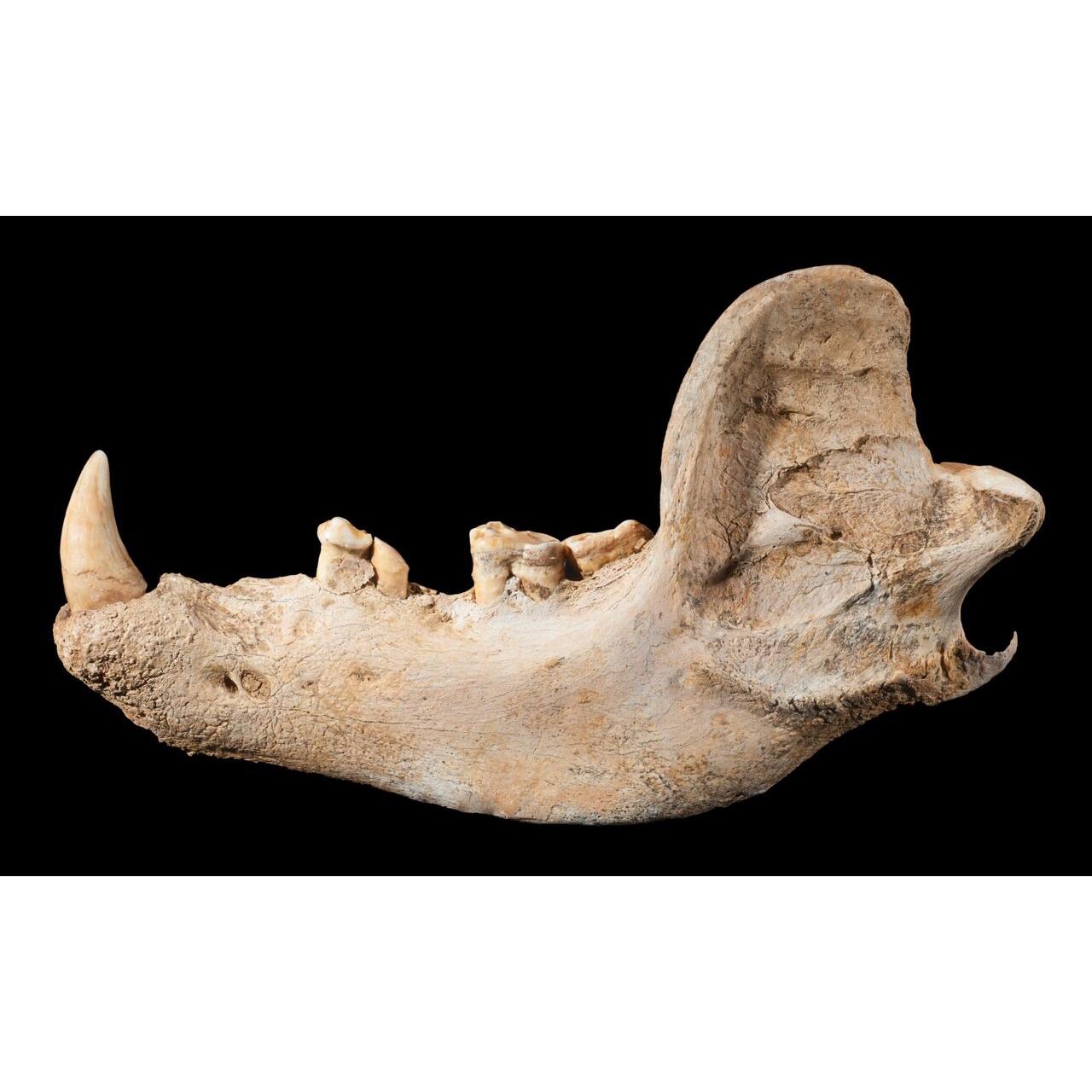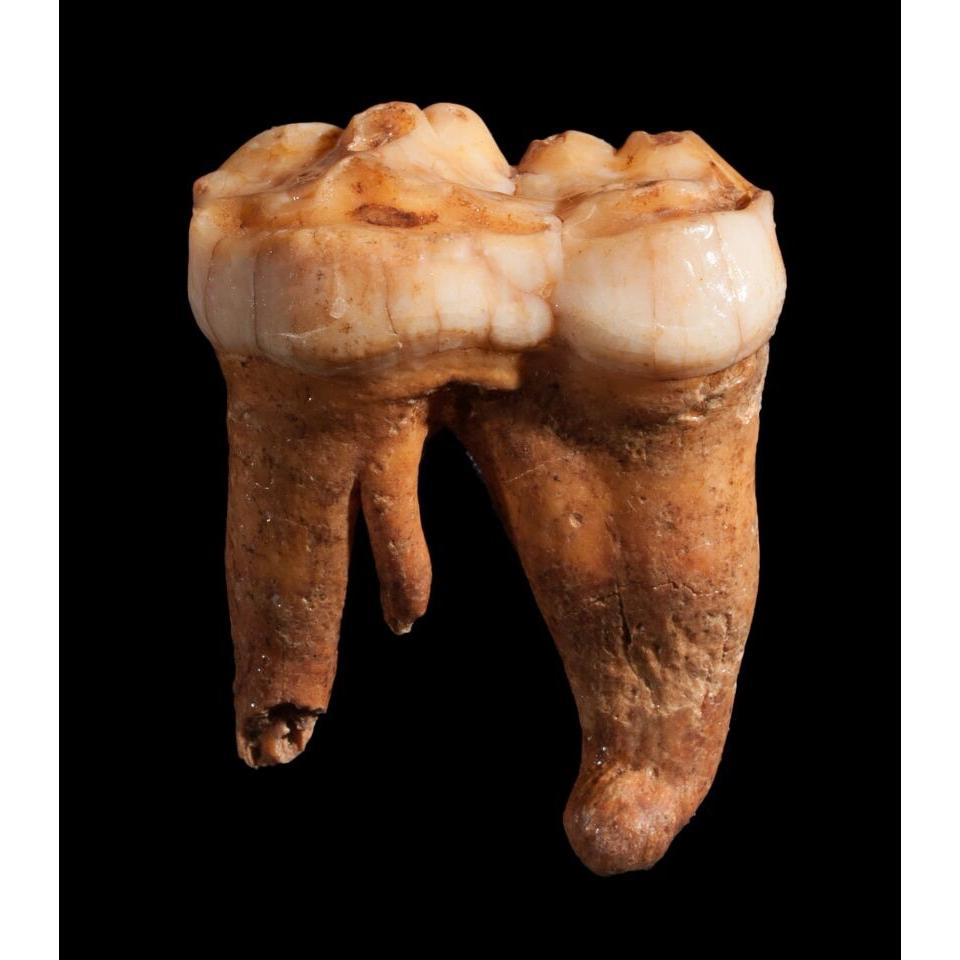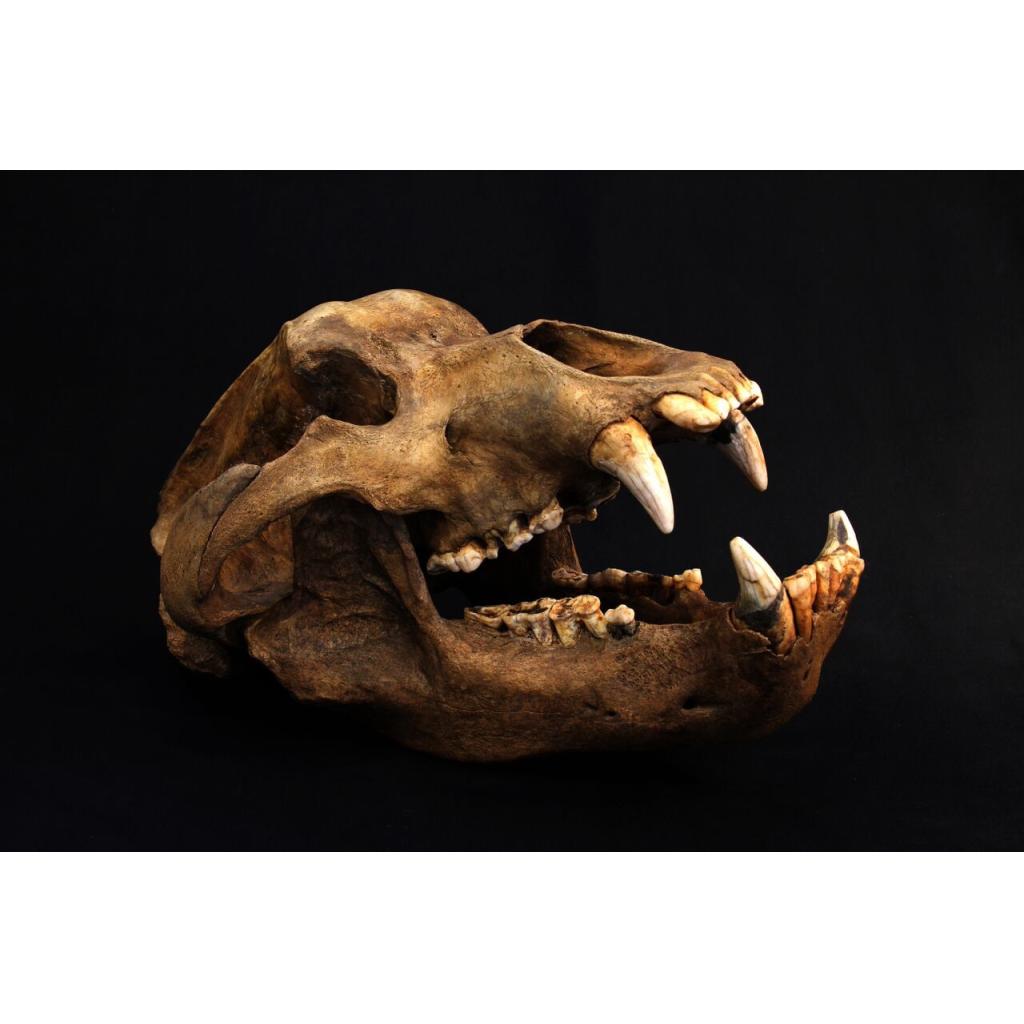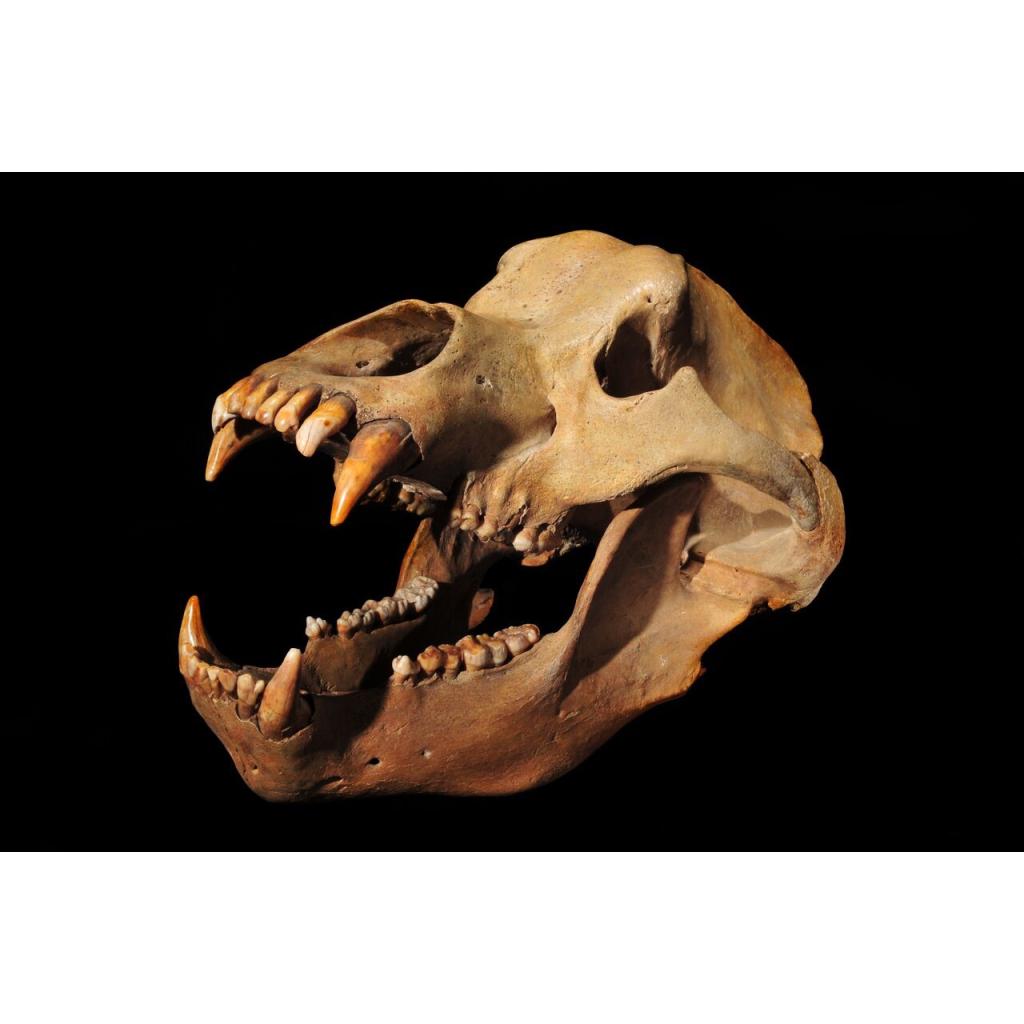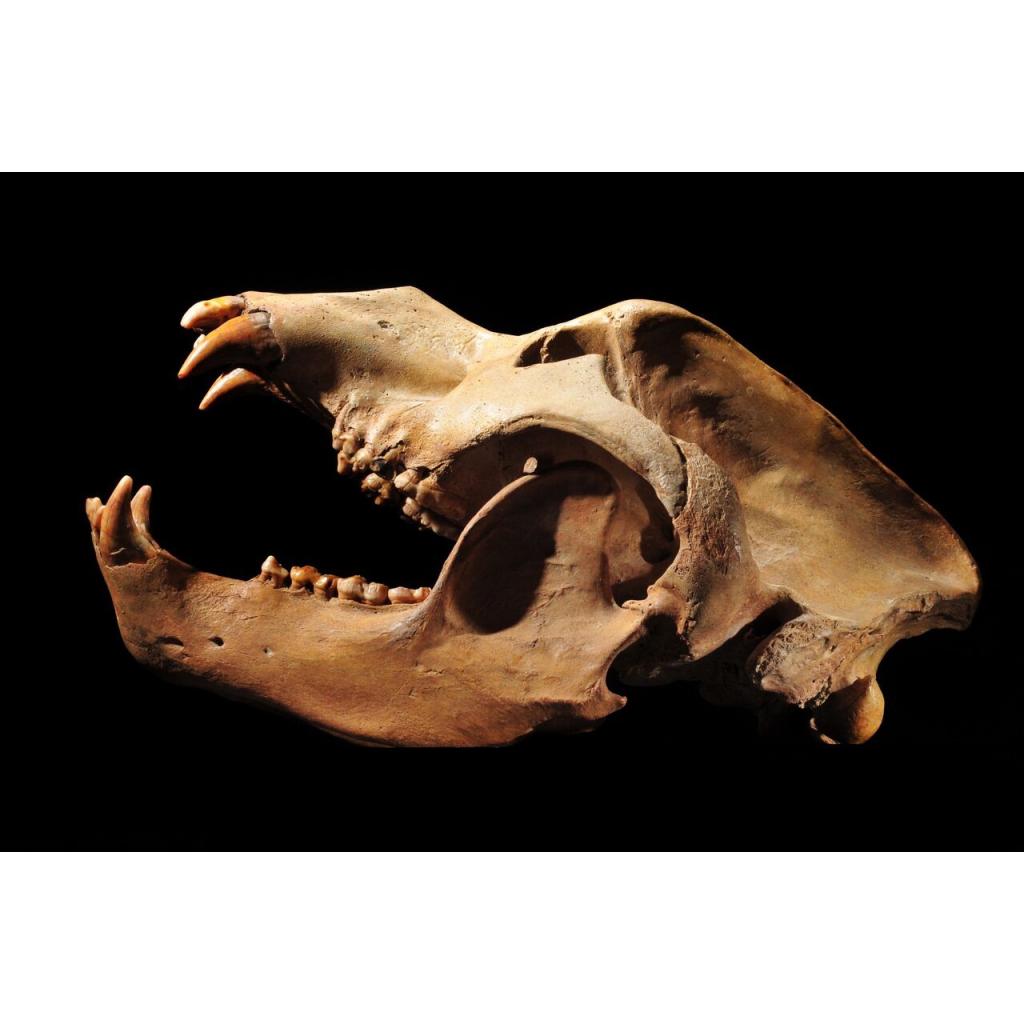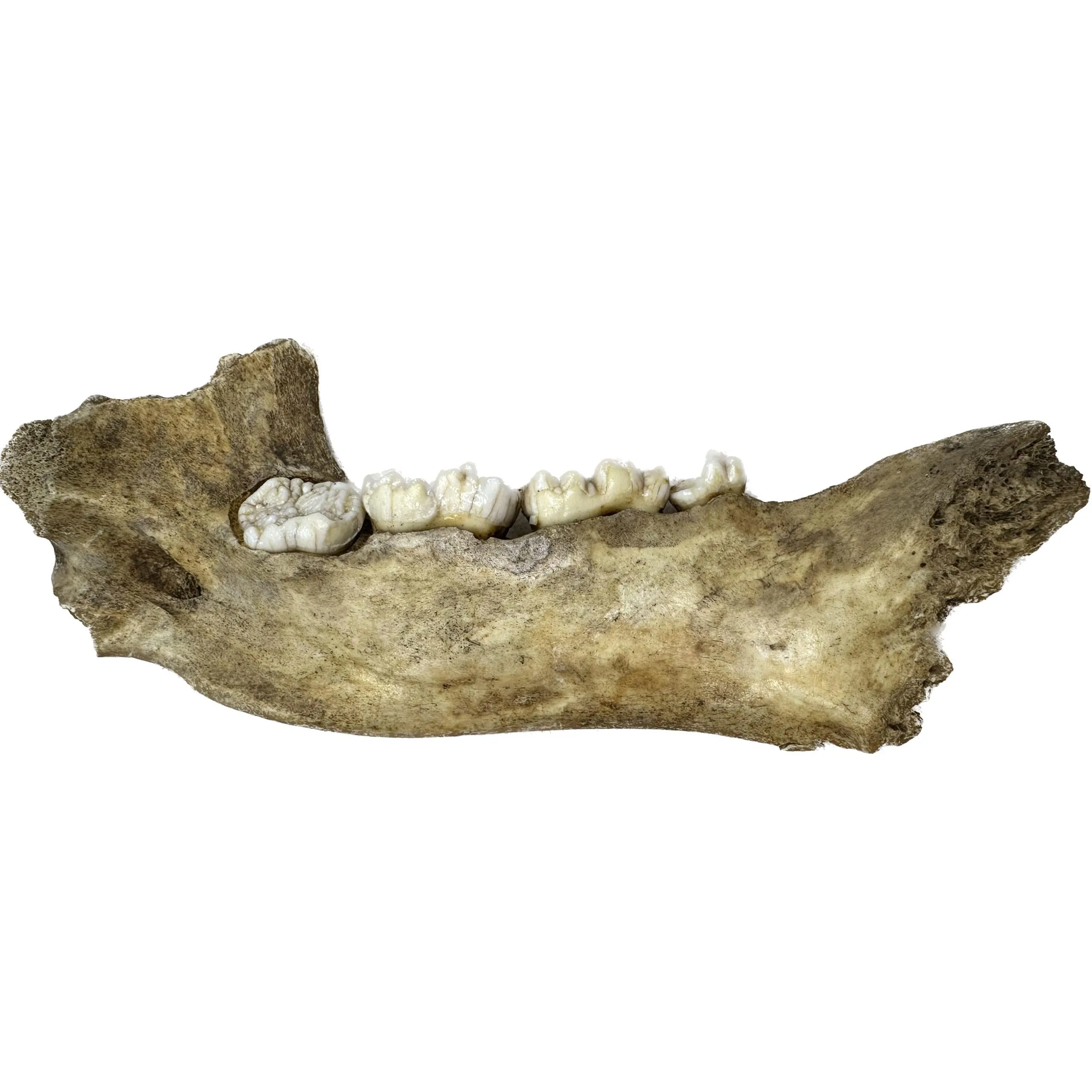Cave bears (Ursus spelaeus) were prehistoric mammals that roamed Europe and Asia during the Pleistocene epoch, approximately 300,000 to 15,000 years ago. These massive creatures were closely related to modern brown bears but were adapted to a colder climate. Cave bears were named after the caves where many of their remains were discovered, as these animals often used caves for hibernation and denning purposes.

Physical Description:
Cave bears were among the largest bears to have ever lived, with males reaching sizes of up to 3.5 meters (11.5 feet) in length and weighing over 900 kilograms (2,000 pounds). They had a robust build with strong limbs and a pronounced hump on their shoulders. Their skulls were elongated compared to those of modern bears, and they had larger teeth adapted for grinding plant material.
Diet and Behavior:
Cave bears were primarily herbivores, feeding on a diet of plants, roots, and berries. Their teeth were well-suited for chewing tough vegetation, and their powerful jaws allowed them to crack open nuts and bones. These bears likely had a solitary lifestyle, only coming together during the mating season.
Habitat and Distribution:
Cave bears inhabited a wide range of environments, from open grasslands to dense forests. They were particularly abundant in regions with colder climates, such as the ice age tundra of Europe and Asia. Fossil evidence suggests that cave bears were widespread across much of the continent during the Pleistocene.
Extinction:
The exact reasons for the extinction of cave bears remain a topic of debate among researchers. Climate change, habitat loss, and competition with other species are all proposed factors that may have contributed to their demise. As the climate warmed at the end of the Pleistocene, the habitats of cave bears began to shrink, leading to a decline in their population
Cave Bear Fossils:
Cave bear fossils have been found in numerous locations throughout Europe and Asia, with some of the most significant discoveries coming from caves in the region. These fossils provide valuable insights into the anatomy, behavior, and ecology of these prehistoric bears.
Morphology:
Paleontologists have uncovered complete skeletons, skulls, and bones of cave bears, allowing for detailed studies of their morphology. Analysis of these fossils has revealed the unique adaptations of cave bears to their environment, such as their large body size and specialized teeth for a herbivorous diet.
Paleoecology:
Studying cave bear fossils has provided researchers with valuable information about the paleoecology of the Pleistocene era. By analyzing isotopes in the bones of cave bears, scientists can reconstruct aspects of their diet and habitat preferences. Fossilized pollen and plant remains found in caves with cave bear fossils further help in understanding the vegetation present during that time.
Taphonomy:
The study of taphonomy, or the processes that affect an organism after its death, is crucial in understanding how cave bear fossils were preserved. Many cave bear remains were found in caves, where factors such as sedimentation, water flow, and microbial activity influenced their fossilization. Some caves acted as natural traps, where animals fell in and their remains were preserved over time.

Cave Art:
One of the most intriguing aspects of cave bear fossils is their association with ancient cave art. In several European caves, cave bear bones were found alongside intricate drawings and engravings created by early humans. These artistic depictions provide clues to the symbolic significance of cave bears in the cultural beliefs of prehistoric people.
Conservation and Research:
Preserving and studying cave bear fossils is essential for understanding the natural history of these fascinating creatures and the ecosystems they inhabited. Museums and research institutions around the world house collections of cave bear remains, allowing scientists to continue investigating their biology and extinction.
Prehistoric 101 (Learn about fossils, minerals, and meteorites)
What is a Cave Bear?

